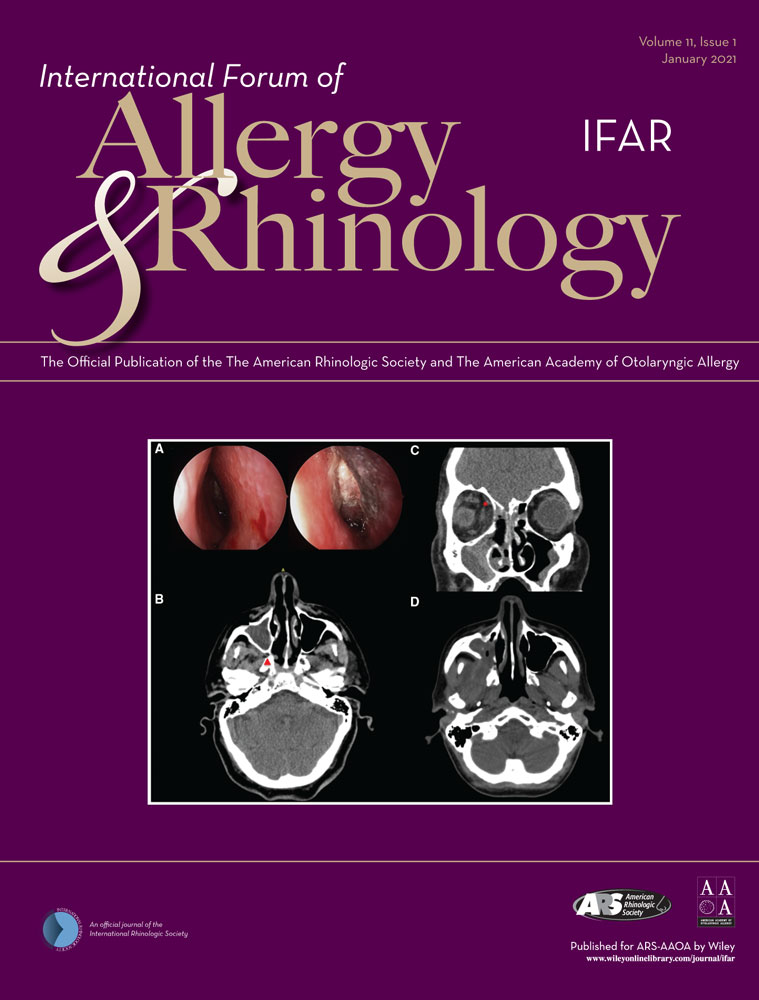Effect of highly effective modulator therapy on quality of life in adults with cystic fibrosis
Potential conflict of interest: None provided.
Abstract
Background
Elexacaftor/tezacaftor/ivacaftor is a highly effective modulator that improves function of the cystic fibrosis transmembrane conductance regulator (CFTR) protein, resulting in improved pulmonary function in patients with cystic fibrosis (CF). We hypothesize that improvements in lung function are associated with improvements in health-related quality of life and sinonasal health. The aim of this study is to measure the effect of elexacaftor/tezacaftor/ivacaftor on patient-reported sinonasal and overall quality of life, and to determine the relationship between changes in these 2 outcome measures.
Methods
A prospective cohort study was conducted at an accredited adult CF care center. Participants completed the 22-item Sino-Nasal Outcome Test (SNOT-22) and the Cystic Fibrosis Questionnaire–Revised (CFQ-R), a validated patient-reported outcome metric for CF patients, at baseline and at 3 months after initiation of elexacaftor/tezacaftor/ivacaftor.
Results
Forty-three individuals completed the study. There was significant improvement in nearly all domains of the SNOT-22 and CFQ-R after 3 months of therapy. SNOT-22 improved from 34.8 to 24.4 (p = 0.000003). Mean baseline FEV-1 improved from 65% to 76% predicted (p = 0.0000005). The greatest effect was seen in those participants previously taking modulator therapy. Linear regression between the change in SNOT-22 individual domains and the CFQ-R respiratory domain revealed the strongest correlation between the extranasal domain score and the respiratory domain of the CFQ-R (R2 = 0.24).
Conclusion
CF patients taking elexacaftor/tezacaftor/ivacaftor experience a significant improvement in both sinonasal and health-related quality of life.




